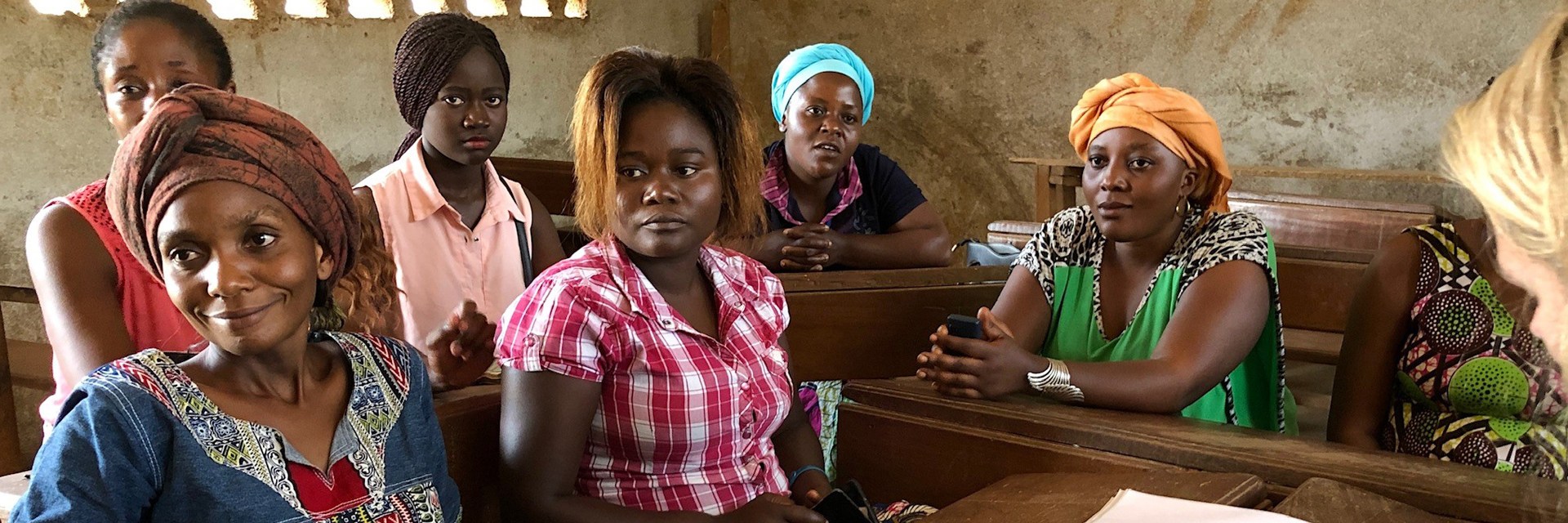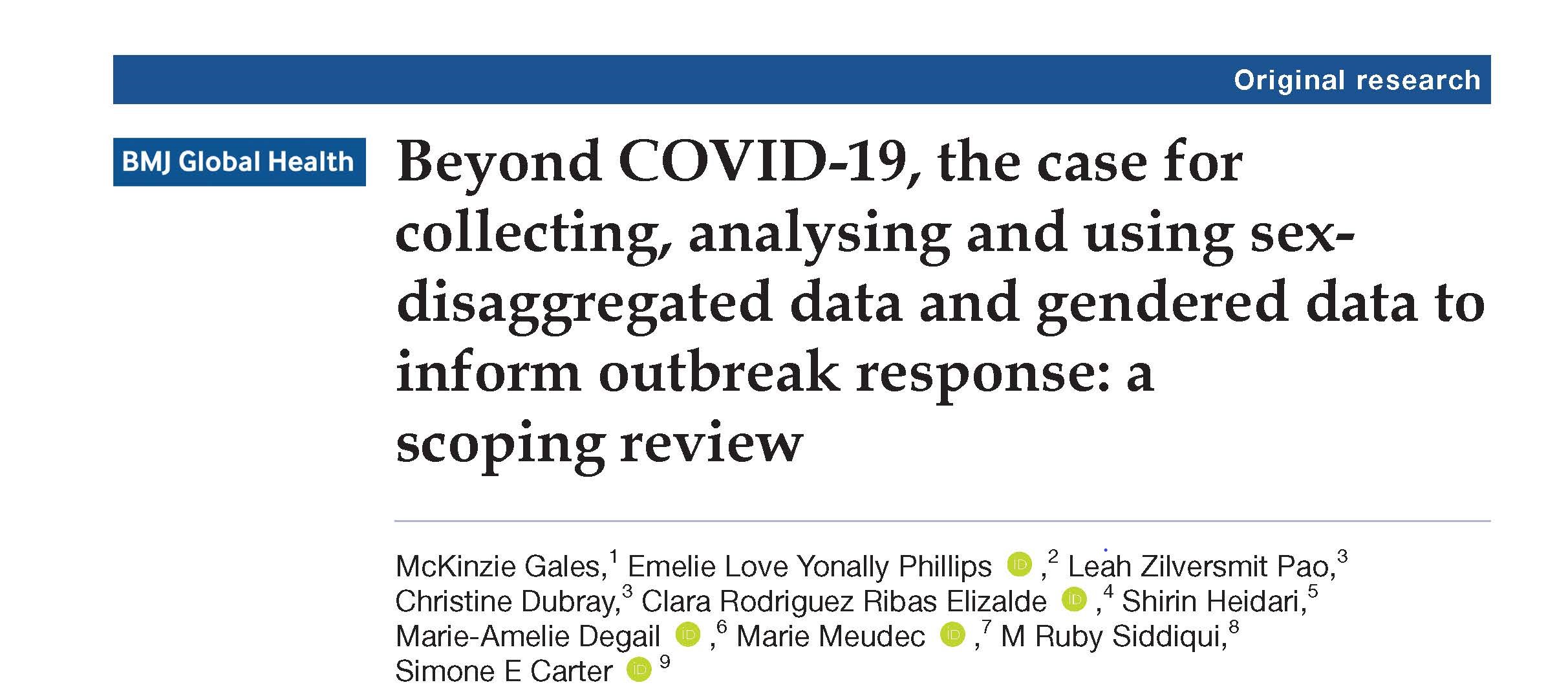Integrating sex and gender aspects in outbreak analytics as a matter of routine is crucial for understanding who is affected and how individuals and communities are impacted. Understanding how sex and gender intersect with disease outbreaks and response activities is essential for stopping transmission and ensuring a more effective response.
IOA offers a holistic and timely analysis of outbreak dynamics to inform more appropriate responses. A core component of IOA is systematically collecting, analysing, and using sex-disaggregated data and gender-sensitive indicators to deliver a more tailored and effective outbreak response.
Although recommendations and minimum requirements exist(1,2,3,4), the incorporation of sex-disaggregated data and gender analysis into outbreak analytics and response for informed decision-making remains infrequent. This is despite the fact that sex and gender are key indicators of risk to disease(5).
Published in 2016 with support from GENDRO, the SAGER guidelines were developed as a comprehensive framework for reporting sex and gender information ins study design, data analysis, results, and interpretation. These guidelines help authors prepare manuscripts and assist publishers in maintaining quality control. Building on the SAGER framework(1), this project aims to address a critical need by offering a solid framework with flexible guidelines for incorporating sex and gender considerations into outbreak and public health emergency responses to address the sex and gender evidence gap and support gender-responsive actions.
SAGER IOA project objectives
The SAGER-IOA guidelines project seeks firstly, through research, to better understand the importance of sex-disaggregated data and gendered data analysis in operational research and public health emergencies responses. Secondly, through participative approaches, the project aims to identify practical mechanisms and systems to improve sex-disaggregated and gendered data collection, analyses, and use. Thirdly, the project will develop SAGER-IOA guidelines to support outbreak response actors and researchers to routinely integrate sex and gender considerations in outbreak analytics and responses.
The SAGER-IOA guidelines will provide practical, clear, and actionable guidance for outbreak response teams. These guidelines will help teams collect, analyse, and present sex-disaggregated data and gender data more effectively, leading to a more holistic understanding of outbreak dynamics and a more appropriate and impactful response.
SAGER IOA project phases
The ‘Adapting SAGER Guidelines for IOA’ project consists of the following four phases:
- A scoping review to synthesise the existing evidence on how sex and gender intersect with disease outbreaks and response activities across all aspects of the outbreak response timeline in low- and middle-income countries, highlighting key gaps in the availability and utilisation of sex-disaggregated data and gender analyses
- Key stakeholder interviews and participatory workshops that identify practical mechanisms and systems to support sex and gender data collection, analyses and use
- The drafting of the SAGER-IOA guidelines to support outbreak response actors to collect, analyse and use sex-disaggregated data and gendered data
- Pilot testing the draft SAGER-IOA guidelines

